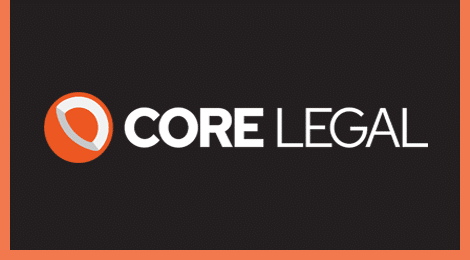When multiple individuals own a property, understanding the nuances of shared ownership is crucial. There are two primary methods of legal ownership: joint ownership and tenancy in common.
-
– In joint ownership, if one owner passes away, their share automatically transfers to the surviving owner(s), bypassing the deceased owner’s Will.
– Simplicity and automatic transfer are the hallmarks of joint ownership.
-
– With tenancy in common, a deceased owner’s share does not automatically transfer to the surviving owner(s).
– Instead, the deceased owner’s Will dictates the distribution of their share of the property.
Advantages of Tenancy in Common:
– Flexibility: Owners retain the option to leave their share to specific beneficiaries in their Will, providing greater control over inheritance.
– Trust Structures: Owners can establish trusts in their Will, safeguarding their share for designated beneficiaries.
Illustrative Example:
– Consider a scenario where a surviving partner in a joint ownership situation enters a new relationship.
– If the new partner makes a claim on the property after the surviving partner’s death, it could jeopardize the inheritance of the deceased partner’s children.
– Opting for tenancy in common with trust structures in place would safeguard the deceased partner’s share for their children, preventing claims from new partners.
Life Interest Wills and Tenancy in Common:
– Utilizing life interest Wills in conjunction with tenancy in common can provide robust estate planning and asset protection.
– This tried-and-tested method ensures that property shares are preserved for intended beneficiaries, even in complex family dynamics.
Exploring Trusts for Enhanced Protection:
– While tenancy in common and life interest Wills offer substantial benefits, establishing a family trust can elevate estate and asset protection to new heights.
– However, even without a family trust, adopting the principles outlined above can significantly bolster your estate planning strategy.
Navigating shared ownership of land requires careful consideration of legal structures and estate planning tools. Whether opting for joint ownership or tenancy in common with trust arrangements, it’s essential to align your strategy with your long-term goals and familial dynamics. For tailored advice on optimizing your shared ownership arrangement, we’re here to assist you. Contact us today to safeguard your legacy and protect your assets for future generations.


